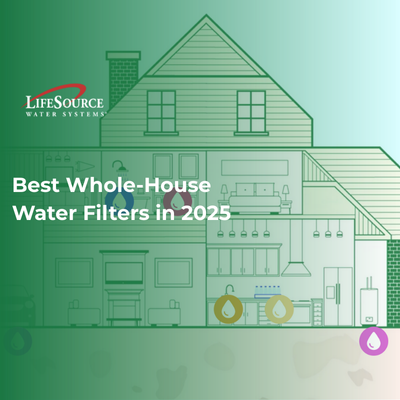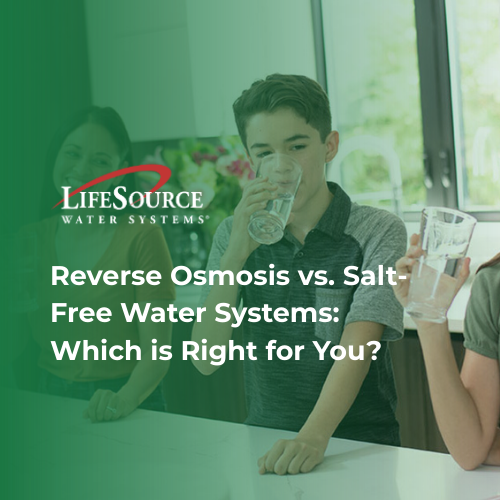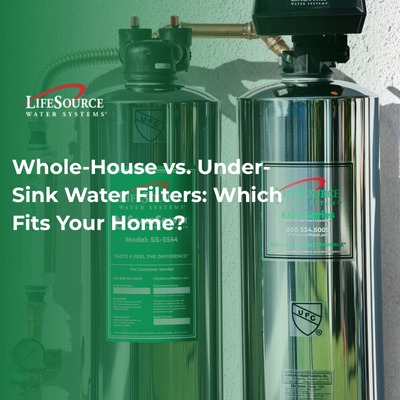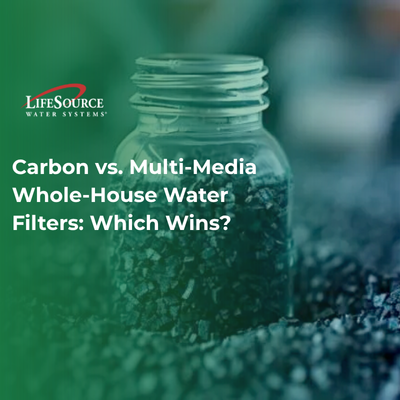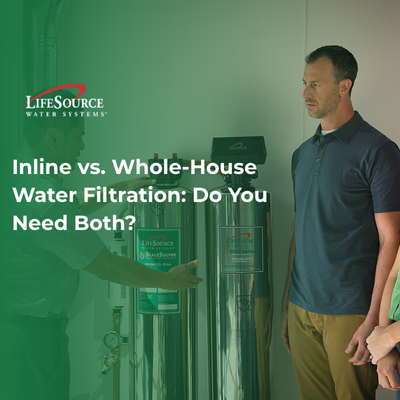
98% of U.S. Water Treatment Plants Use Chlorines and Chloramines.
Chloramines are formed when ammonia is mixed with chlorine. The use of chloramines began in an effort to provide a longer-lasting disinfectant in drinking water. Unlike chlorine, chloramines can last in our water for days. Since chloramines reduce the taste and smell of chlorine, it was also intended to help tap water compete with the taste of bottled water.
Many water treatment facilities use both chlorine and chloramines. These chemicals have lasting impacts on your body and home. Besides making water taste and smell bad, chlorine also dries out essential oils from your hair and skin. Chlorinated tap water is the reason your laundry loses its vibrancy over time. And, chloramines are super corrosive to copper pipes and rubber/plastic fittings in your fixtures and appliances.
Disinfection By-Products (DBPs) are organic/inorganic and chemical materials that occur from a chemical reaction between chlorine, chloramines and naturally present matter that gets into our water – such as dirt, city or farm runoff or even bugs. As our tap water travels through a maze of underground pipes to get to our homes, disinfection by-products are pretty much unavoidable.
The most well-known DBPs are Trihalomethanes (THMs): chloroform, bromodichloromethane, dibromochloromethane, and bromoform. Many THMs are carcinogenic.
The use of chlorine and chloramines as disinfectants is regulated to limit THMs (Total Trihalomethanes) to 80 micrograms per liter (what is considered a safe amount by the Environmental Protection Association), but growing concerns over possible side effects is prompting more and more people to filter their home water.
Having a whole house water filtration system is the best way to limit your family’s exposure to chlorine, chloramines and their disinfection by-products. We are exposed to DBPs through drinking, cooking and showering with chlorinated water. According to the CDC, “In populations who take hot showers or baths, inhalation and dermal absorption in the shower accounts for more exposure to THMs than drinking water.”
The best known solution for reducing chlorine, chloramines and DBPs is granular activated carbon filtration. Activated carbon acts like a sponge, soaking up chemicals present in the water. You can install a whole house carbon water system and get filtered drinking water from every tap in your home.



